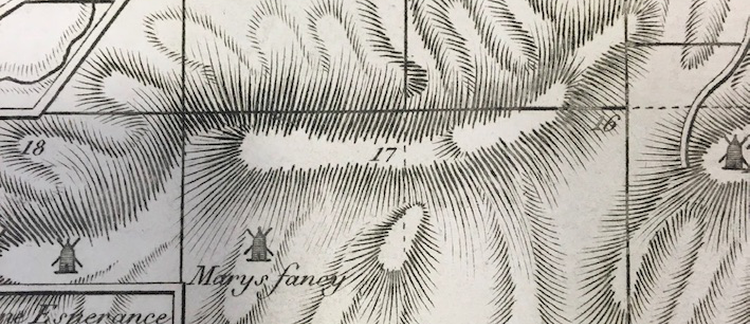Abstract
To download to this paper, please click here.
In 1890s Britain, cattle ships - vessels used to transport live animals internationally - became a point of public and parliamentary discussion. Cattle shipping was not a new mode of meat supply to Britain, with some European routes well established for centuries; however, in the late nineteenth century, traders based in the United States began running cattle ships across the Atlantic Ocean. I argue that transatlantic cattle ships were a particularly modern site of morality and fertile ground for exploring and extending Victorian Britons’ politics of interspecies relations and care. Looking at two contemporaneous anti-cattle shipping pamphlets, by Samuel Plimsoll (1890) and the Humanitarian League (1894) respectively, this article addresses how the issues of humanitarian character, diet and refrigeration technology relate to images of cows aboard American ships. The fact that several nineteenth-century figures drew comparisons with the transatlantic slave trade in attempts to stop or criticise the movement of live cattle is significant to this study, and helps to inform my discussion of advocacy imagery. By studying the photographs and prints that illustrate both pamphlets, I show that the cows’ likenesses were made through absence, primarily of light and of ink, and ask how this shapes their becoming ‘edible’.
Downloads:
Downloads are not available for this article.

